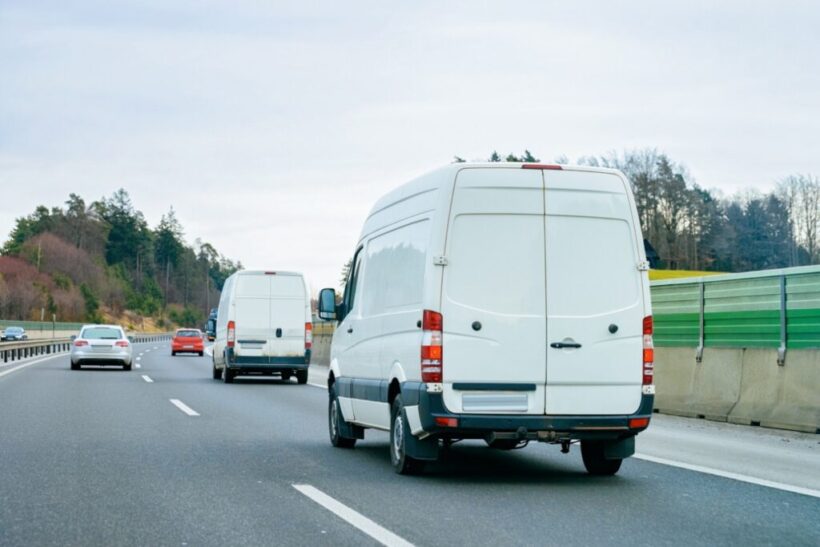In recent years, online shopping has become increasingly popular, with companies like Amazon leading the way in the e-commerce industry. As a result, there has been a surge in demand for shipping and delivery services, and companies like Amazon have had to rely on a wide range of vehicles to meet the needs of their customers. In this article, we’ll take a look at what kind of vehicles Amazon and other big shipping and delivery companies use.
Delivery Vans
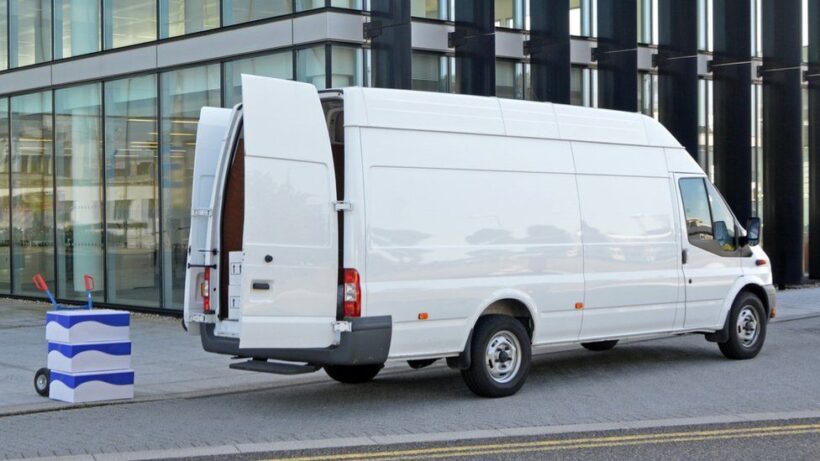
One of the most common vehicles used by shipping and delivery companies like Amazon is the delivery van. These vans come in a range of sizes, from compact vehicles like the Ford Transit Connect to full-size vans like the Mercedes-Benz Sprinter. They are designed specifically for commercial use, with spacious cargo areas and fuel-efficient engines. They also come with a range of safety features, such as blind spot monitoring and rearview cameras.
Box Trucks
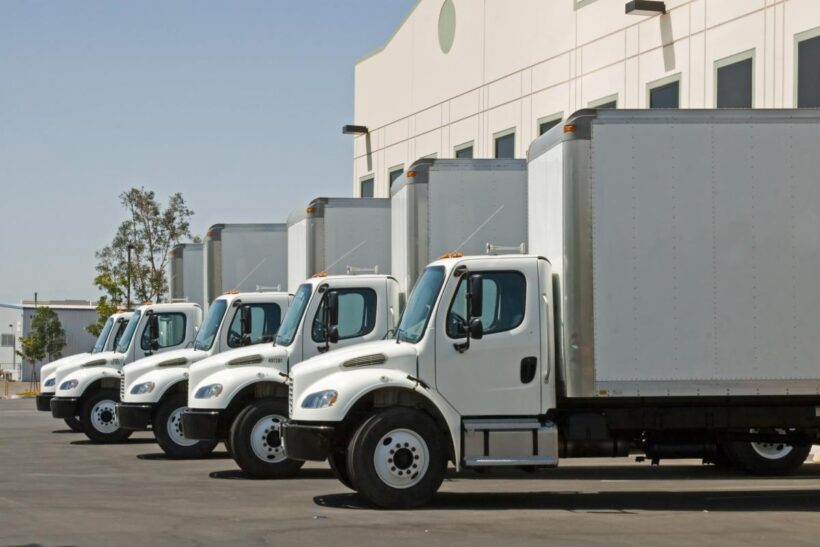
Another common vehicle used by shipping and delivery companies is the box truck. These trucks are larger than delivery vans and can handle heavier loads. They are designed with a box-shaped cargo area, which makes it easy to load and unload packages. Box trucks also come with a range of safety features, such as stability control and a rearview camera.
Semi-Trucks
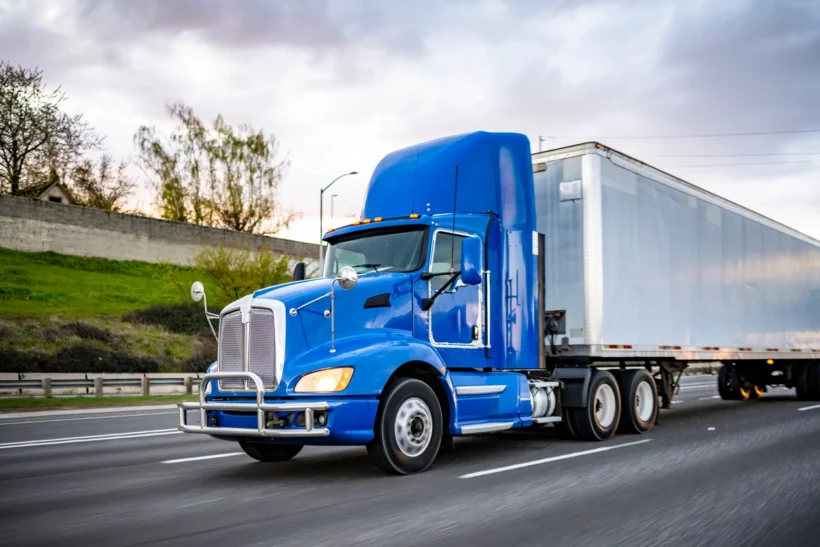
For long-distance shipping and delivery, companies like Amazon rely on semi-trucks. These massive vehicles are capable of hauling large volumes of cargo over long distances. They come with powerful engines and sophisticated braking systems, making them ideal for long-haul transportation. Semi-trucks also come with a range of safety features, such as collision warning systems and lane departure warning.
Cargo Planes
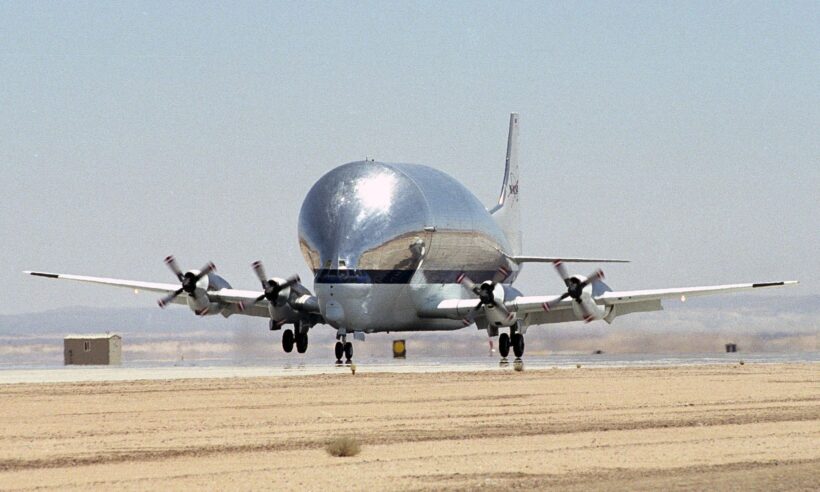
In addition to ground transportation, shipping and delivery companies also rely on cargo planes to transport packages over long distances. Amazon, for example, has its own fleet of cargo planes, known as Amazon Air. These planes are designed specifically for cargo transportation, with large cargo areas and fuel-efficient engines. They also come with a range of safety features, such as weather radar and collision avoidance systems.
Electric Vehicles
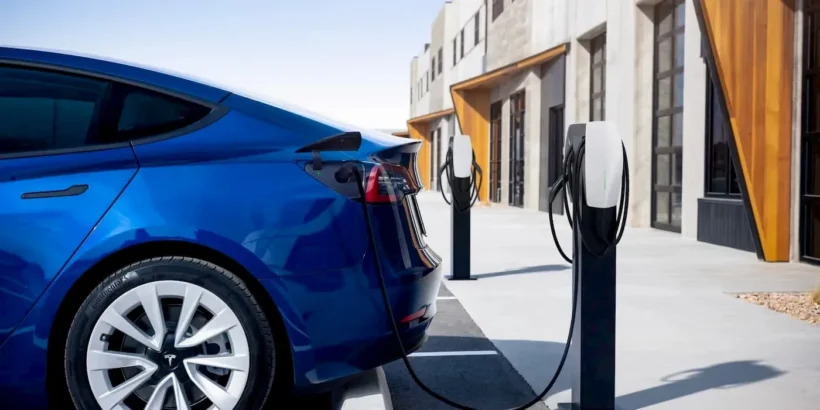
As the demand for environmentally-friendly transportation grows, shipping and delivery companies like Amazon are increasingly turning to electric vehicles. Amazon, for example, has ordered 100,000 electric delivery vans from electric vehicle startup Rivian. These vehicles are designed to be both eco-friendly and efficient, with a range of up to 150 miles on a single charge. Other companies, such as UPS, are also investing in electric delivery vehicles.
Autonomous Vehicles
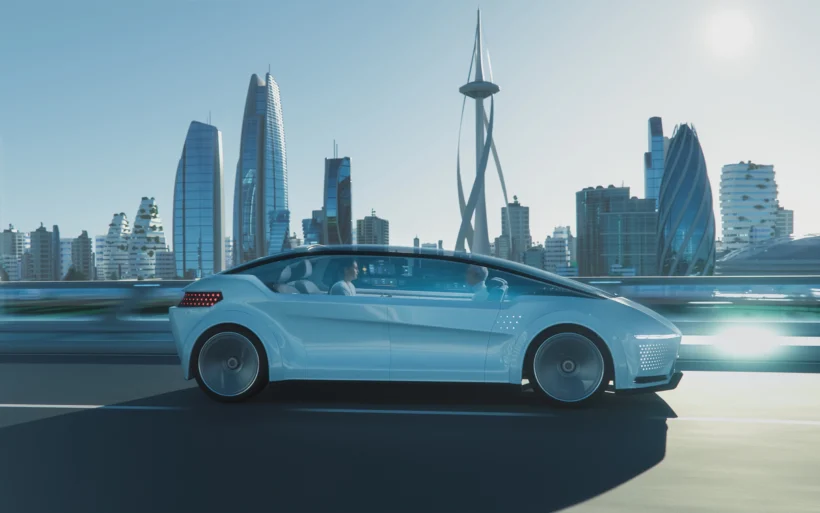
In recent years, there has been a lot of buzz about autonomous vehicles, or self-driving cars and trucks. While they are not yet widely used by shipping and delivery companies, there is a lot of potential for this technology in the future. Amazon, for example, has invested in self-driving truck startup Embark, with the goal of using autonomous trucks for long-distance shipping.
Bicycles
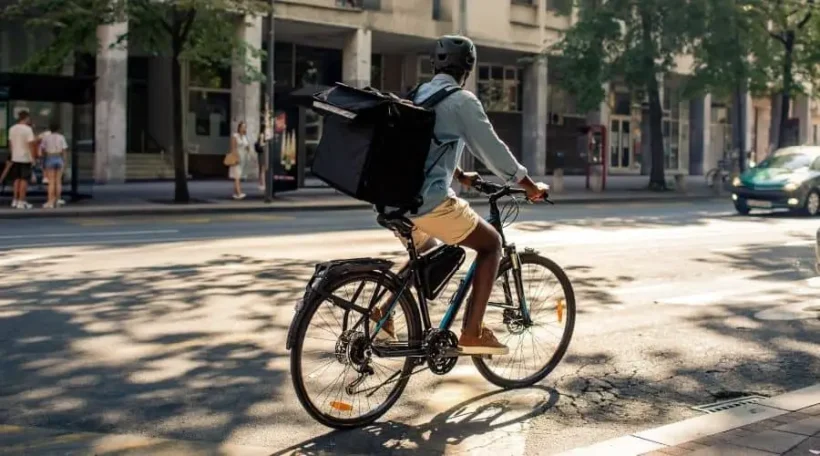
In urban areas, shipping and delivery companies like Amazon often rely on bicycles for local deliveries. Bicycles are an eco-friendly and efficient way to transport packages in crowded cities, where traffic can be a major issue. They also make it easier for delivery drivers to navigate narrow streets and bike lanes.
Amazon’s Brilliant Model
Amazon executives didn’t know they kinda revolutionized the delivery and shipping industry when they launched Amazon Flex. Amazon Flex is a delivery program that allows independent contractors to make deliveries on behalf of Amazon. Flex drivers can use their own vehicles to make deliveries, and they can choose to work as much or as little as they want.
Flex drivers can use a variety of vehicles to make deliveries, including cars, vans, and trucks. They are responsible for all expenses associated with their vehicle, including gas, maintenance, and insurance. However, Amazon provides some assistance, including discounts on rental vehicles and a fuel card program for eligible drivers. To help Flex drivers manage their deliveries, developers created the MyFlexBot app. This app allows drivers to view available delivery blocks, accept and decline offers, and track their earnings. The app also provides navigation assistance and allows drivers to communicate with customers if necessary. In terms of vehicles, the MyFlexBot app is designed to work with a variety of vehicles. However, Amazon does have some vehicle requirements for Flex drivers. For example, cars must have four doors and be less than 10 years old. Vans and trucks must have a cargo area of at least 200 cubic feet. And with all these moves, Amazon climbed on the top of yet another industry.
Conclusion
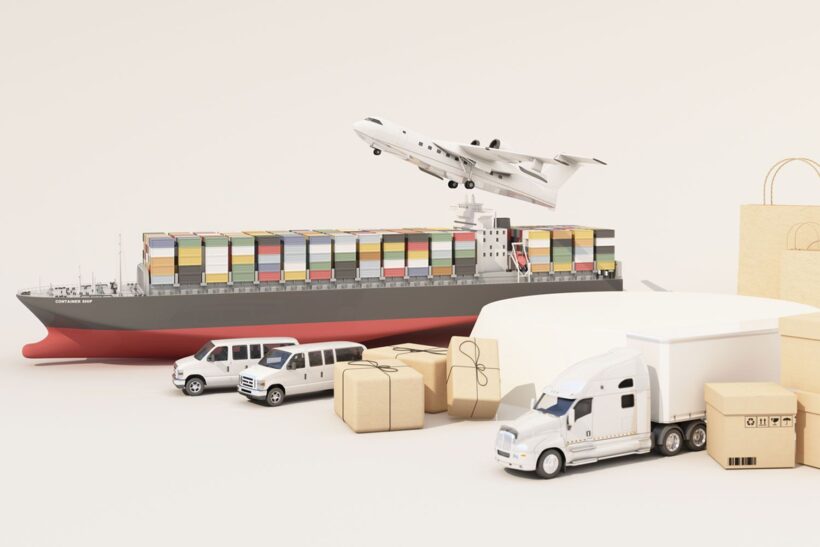
In conclusion, shipping and delivery companies like Amazon rely on a wide range of vehicles to transport packages and goods to their customers. From delivery vans and box trucks to semi-trucks and cargo planes, these vehicles are designed specifically for commercial use and come with a range of safety features. As the demand for eco-friendly transportation grows, shipping and delivery companies are also investing in electric vehicles and exploring the potential of autonomous vehicles. Whether it’s by ground or air, these vehicles play a crucial role in ensuring that packages are delivered quickly and efficiently.

